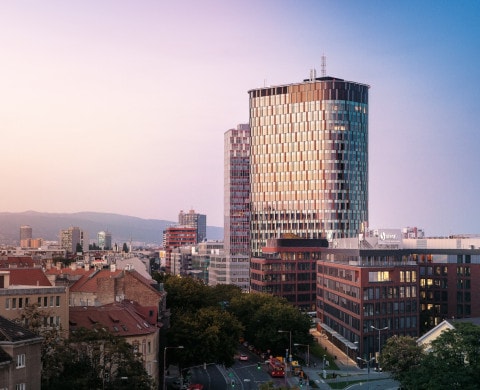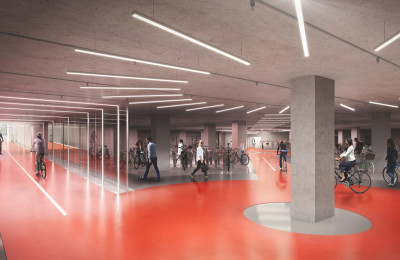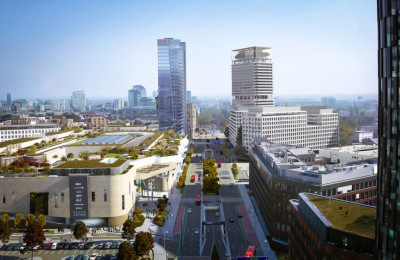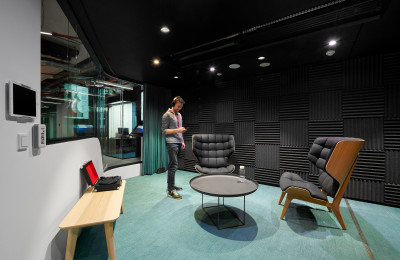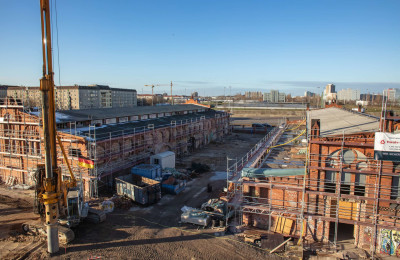We´ve built the only WELL Certified building in Slovakia: Twin City Tower
Twin City Tower has been awarded WELL Core & Shell Certification at the Gold level and it’s the third largest building in Europe to reach the standard.
Twin City Tower, the tallest Twin City building in Bratislava that we´ve built, has recently become home to multiple international companies. Now it has received WELL Core & Shell Certification at the Gold level.
Run by the International WELL Building Institute™ (IWBI™), this title is held by 48 buildings across Europe. Just 4 of them are in CEE and 4 are in the UK. According to its area, Twin City Tower belongs among the top 3 projects and is the only one in Slovakia to have received the certificate.

Well, what is that WELL?
IWBI is rather strict when it comes to giving certification. One of their specialists visits prospective buildings, runs measurements, collects samples and takes a wealth of information back to the institute for testing.
What information? Some of it deals with certain features, like indoor air quality, water quality, lighting and the structure and layout of spaces. Only if the standards are met does a building get certified.
By applying the principles of the WELL Building StandardTM (WELLTM), 41 features have been put to work throughout the tower. All of them aspire to improve the personal health, wellbeing and productivity of the people inside.
To keep your lungs fit, there is a 40% higher supply of air than local standards require, and the UV lamps in the ventilation system eliminate the mould and microbes. The lamps also stop these dangerous life forms from spreading around the workspace. They’re not the only thing being kept out: the Tower’s triple glass facade soundproofs the building from the busy roads nearby.
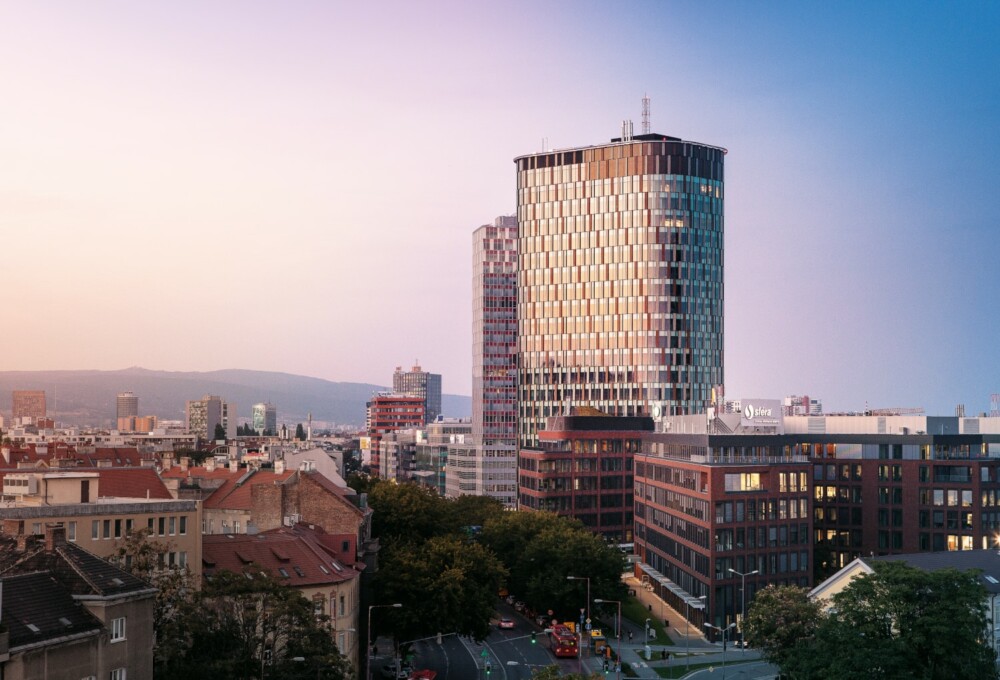
It´s all about the features
See what measures we´ve incorporated in the Twin City Tower to make it an award winning, healthy building:
AIR
- Microbe and mould checks by UV lamps, keeping the ventilation system clean and preventing germs from spreading.
- Fresh air for everyone! We supply the Tower with almost 40% more air than is required by local standards.
- Pesticides reduce the quality of the air we breathe. The maintenance of external greenery must meet strict criteria, as defined by the Pesticide Research Institute.
WATER
- WELL’s™ water quality standards require tap water to meet tough low levels of inorganic contaminants, organic contaminants and agricultural contaminants. All of this is in addition to public water additives that can be harmful in large quantities.
LIGHT
- The right to light! The facade of Twin City Tower has been designed to welcome enough daylight to support your internal clocks, called circadian rhythm.
- To support your circadian rhythm even more, the floors were designed so that most desks have a window view.
MOVE
- The building’s staircase has been painted by local artists to encourage the use of stairs instead of lifts.
- A walker’s paradise – The New Nivy zone is not only well connected to the city centre, but restaurants, banks, shops, bus stops and even a bus station are within walking distance in this new, up-and-coming business district.
MIND
- Art indubitably supports wellbeing. Therefore, we’ve installed a statue by local artist Michal Uher in front of Twin City Tower.
- Greenery puts the mind at ease. The Twin City zone has a huge number of landscaped areas that create a close link to more natural surroundings.
COMFORT
- Twin City Tower is for everyone and accessible by people of all physical abilities: the large doorway ensures smooth entry, the corridors are wide enough to move around in, the lifts can be used from a seated position and there are wheelchair-friendly bathrooms in the lobby.
- Road and external noise can be distracting and can reduce performance by up to 66%. But there’s no chance of that with the Tower’s triple glass facade.
The Tower is part of the larger New Nivy zone, which has been awarded a BREEAM Communities certificate at the Excellent level and ranks amongst the top 4 developments worldwide. It assesses the positive impact of development activities on the environment in which they are created, with an emphasis on responsibility.
